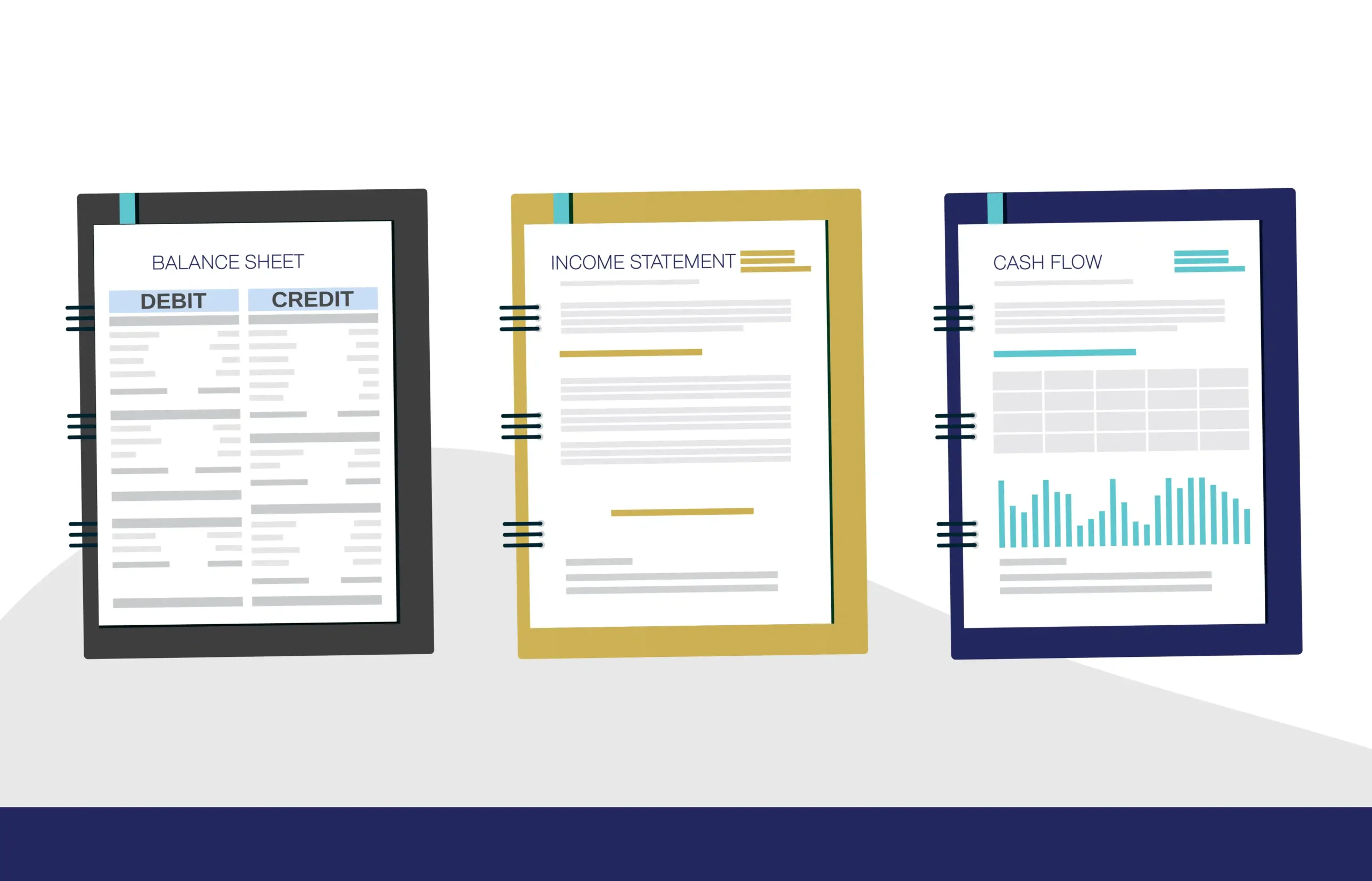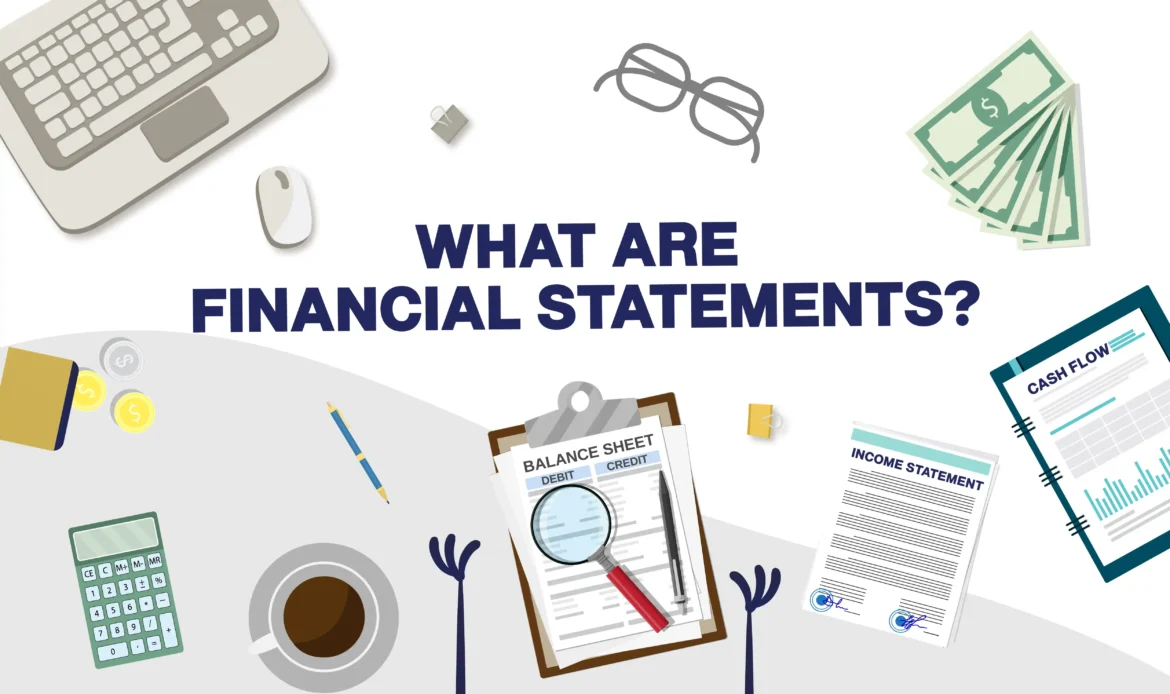Every company that wants to grow and keep business in order needs proper accounting. And accounting includes bookkeeping! Now, proper bookkeeping includes financial statements which are crucial tools for business owners and stakeholders. They help companies evaluate a company’s financial health and how good its performance is. But, what are financial statements exactly? Well, there are three main types that provide a clear picture of a company’s finances in different aspects. Now, let’s discuss all three types in a bit more detail, shall we?
What Are Financial Statements? The Big Three
Balance Sheet
Basically, a balance sheet is like a briefing of a company’s finances at a certain point. And the balance sheet usually follows the basic equation:
Assets = Liabilities + Equity
Assets are everything that a company owns, from cash to property, equipment, products/inventory, and accounts receivable. Liabilities are everything that falls under the “debt” umbrella, like loans, accounts payable, etc… Now, equity, or shareholders’ equity, is in simple terms whatever is left of the assets after deducting the liabilities. So, balance sheets can show you how financially stable a company is, as well as how much it’s worth. Now, let’s move on to the next types if you still wanna know what are financial statements!

Income Statement
An income statement, aka Profit & Loss (P&L) statement, is a summary of how a company is doing financially over a period of time. This report can be made monthly, quarterly, or annually, depending on a company’s preference. The income statement, also follows an equation:
Net Income = Revenue – Expenses
This is quite self explanatory, but let’s do a quick recap. Revenue is basically the total income that a company makes from its business activities and sales. Expenses include the direct production costs as well as operational costs like salaries, rent, etc. Now, subtract the expenses from the revenue, and you get the net income! So, an income statement can give management and business owners an idea of how profitable the business is. It also gives an idea of the growth trends the company is following.
Cash Flow Statement
As the name suggests, this statement follows the flow of cash in and out of the business over a specific period. Now, the cash movement is split into three sections: operating activities, investing activities, and financing activities. Operating activities include cash that comes from sales and expenses. Investing activities involve all the investments a company makes like equipment purchases and acquisitions.
Finally, financing activities include cash flow from loans, shares, and repaid debts. While the income statement includes non-cash transactions, cash flow obviously focuses on the actual cash. So, cash flow statements help businesses assess liquidity which helps them plan for the future.
Looking for Accounting Services?
Now that you know what are financial statements, you don’t really need to actually do them yourself. You can simply outsource the whole accounting process to experts in the field to save yourself the effort and the money, especially if you own an SME. Luckily for you, Noraal can provide all that and more! From offering financial solutions tailored just for your company to handling your accounting, we got you. So, contact us today for a consultation, and be ready to focus on your company’s growth!
